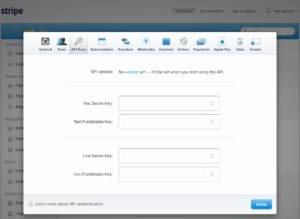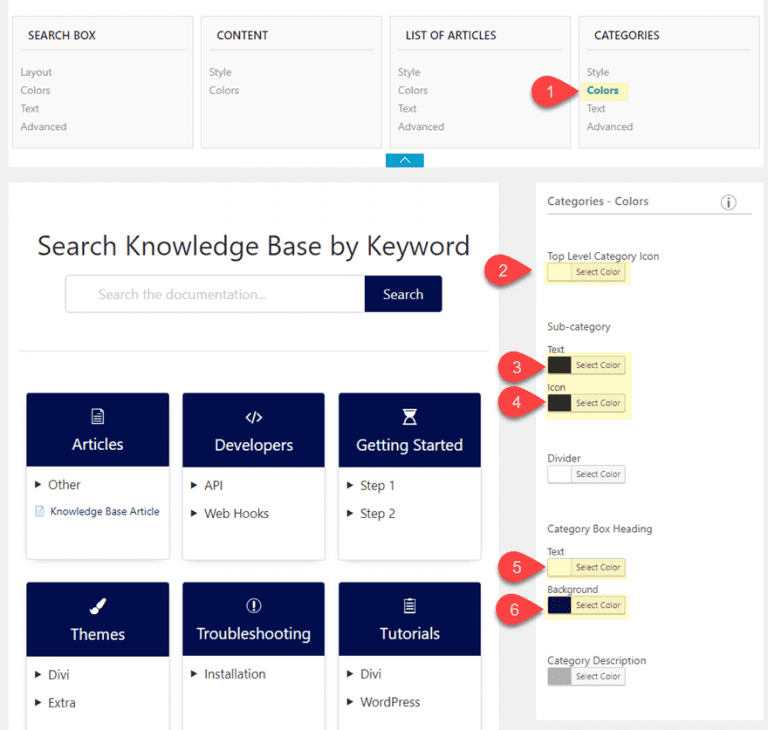

** Above mentioned procedure is not aplicable for MacOS.įor more information on how to use symbols, emojis please check our How to use Alt-Codes? page.

To use them, Numpad should be activated by pressing down the Fn key.įor example, let's type a degree symbol by using its Alt Code value on the keyboard. A couple of basic tips : First it's just FileMaker, so you can create new windows and switch between form and list at will.

We've stuck with well known FileMaker conventions where possible and tried to use as many native user interface controls and methods. The numeric keypad does not exist on every laptop. BaseElements is designed to be familiar to anyone who is a FileMaker Developer.To type a character using its Alt Code value, Num lock should be on.Characters produced may vary depending on the OEM Code Page setting.Compatibility issues with old ANSI codes prevent the entry of all Unicode characters. After adopting Windows to Unicode, the entry of all Unicode characters by the same method was desired, and achieved by some applications, but couldn't be spread to all system. Codes with a preceding 0 represent the new ANSI codes.įor the last two decades, Unicode is being adopted by many systems. Three-digit codes represent the OEM codes. The new set was named ANSI(later changed to Windows codes), and the old ones called as OEM(original equipment manufacturer) code pages. These codes became so popular so that Microsoft, even though developed a new set of codes, decided to keep them. The system which interprets this action and places the corresponding character at the cursor's location is BIOS. IBM developed a method to place the characters that can not be typed by a keyboard on the screen: while keeping the Alt key down, typing the code defined for the character via the numeric keypad.


 0 kommentar(er)
0 kommentar(er)
